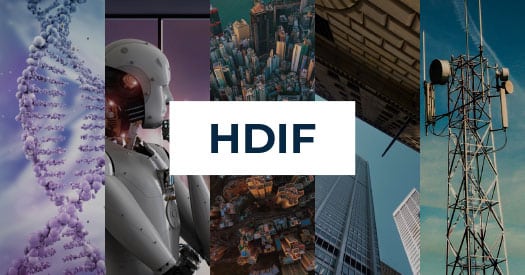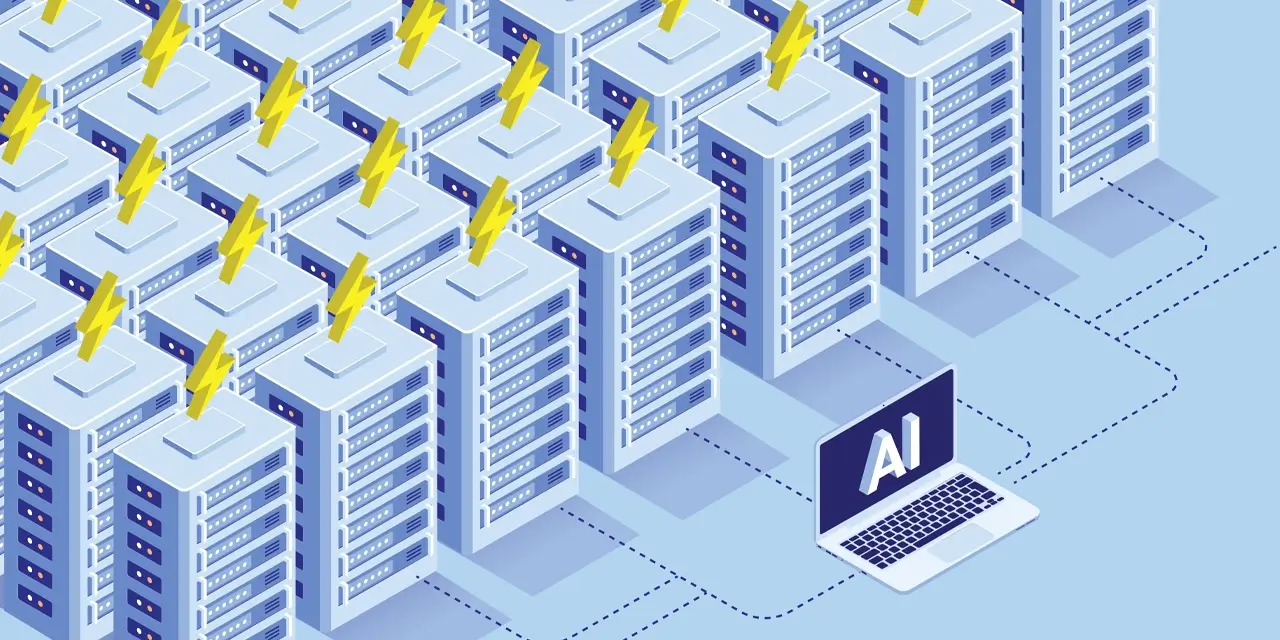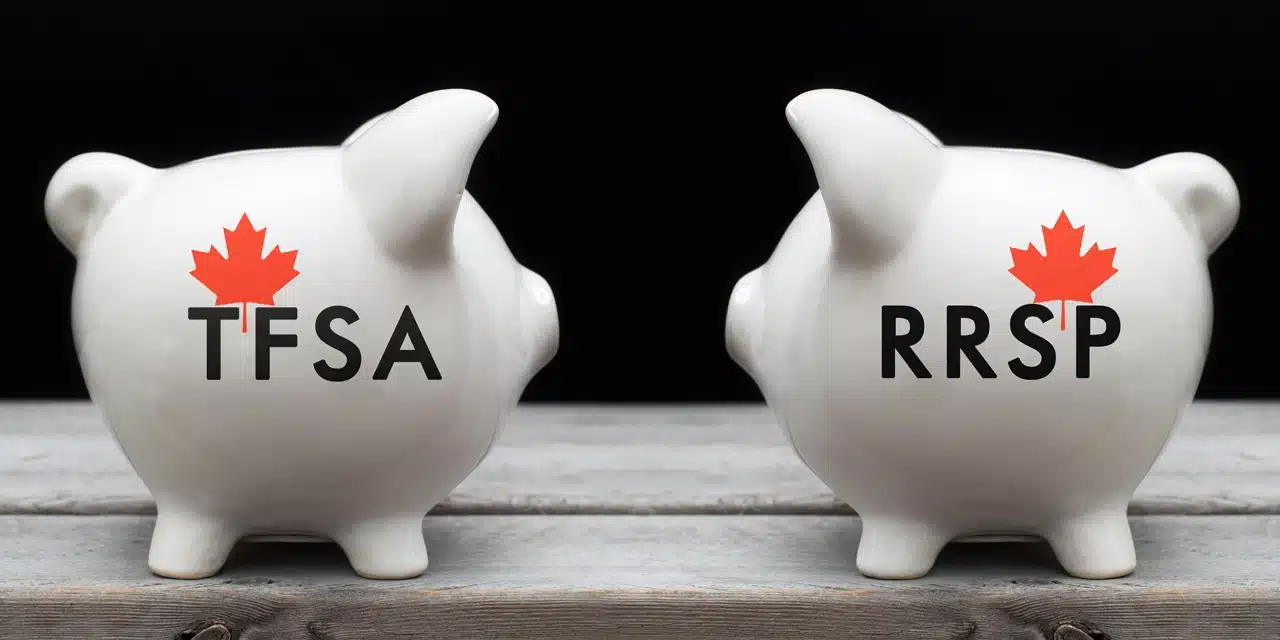By Harvest ETFs

Younger respondents felt increasingly incapable of achieving the stepping stones to retirement, like home ownership, and another Angus Reid survey of Canadians aged 55 or older found 62% had delayed retirement due to a lack of savings and investments.
While the causes of inflation are myriad, many Canadians of different age groups are struggling with the idea of retiring as inflation remains higher than most fixed income investments and central bank rate hikes have weakened equity markets. The traditional “60/40” investment portfolio of 60% equities and 40% fixed income has struggled significantly in the past year, and we are seeing that play out in retirement.
There is, however, an asset class that can help meet income and total return needs through periods like what we have seen: equity income ETFs.
How equity income can help allay the retirement crisis
Equity Income ETFs deliver consistent monthly cashflow—generally at higher rates than inflation and fixed income—from a portfolio of equities. They use a strategy of call option writing to generate that income, selling the option to buy a certain percentage of their holdings in exchange for a premium. That premium is passed on to unitholders as income, in addition to the dividends received by the portfolio holdings. Through this strategy—which can actually generate higher premiums during periods of elevated market volatility—investors can get high monthly cash distributions that can supplement their income.
Equity income ETFs can reset some of the ‘retirement crisis’ highlighted by the Angus Reid and Abacus studies. These ETFs have two distinct advantages, one for Canadians planning to retire and one for Canadians in retirement.
Canadians in retirement are currently facing higher than expected costs of living due to inflation. While rates for fixed income are rising, many of the fixed income investments these retirees once relied on are still paying out at rates below inflation. This means that without a higher-yielding source of income, retirees may have to pare back their lifestyles and retirement plans. However, many equity income ETFs pay out at rates still above the elevated rate of inflation, helping retirees meet their day-to-day costs.
Those day-to-day costs matter a great deal for pre-retirees as well, but equity income ETFs also play a key role for those individuals still saving for retirement. Central bank rate hikes currently being employed to cope with inflation have been priced into broader equity markets and—along with a wide array of other macro forces—have resulted in a significant downturn in equities. At the same time, fixed income values have fallen as rates rise. That means the total return pre-retirees seek from their portfolios is hard to come by.
The cash distribution paid by an equity income ETF can be seen as a significant portion of total return in a year when that return is hard to come by. In addition to the premiums they generate, equity income ETFs also participate to some extent in market movements. Covered call strategies dampen market volatility—to both the downside and upside—but through an active strategy a significant portion of the portfolio can participate in market rebounds, albeit at a slower rate than an ETF with no covered calls. Equity income ETFs strike something of a balance: able to generate a set distribution towards total return now, while maintaining some potential to grow later.
Canadians are increasingly worried by inflation and the impact it may have on their retirement goals or retirement lifestyles. While those concerns are valid, it’s important for Canadians to look beyond the 60/40 portfolio towards asset classes like equity income as they consider strategies for retirement.












